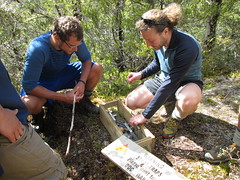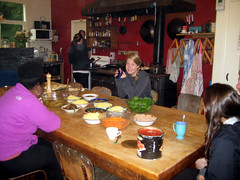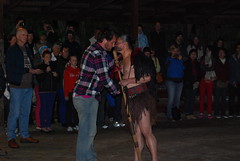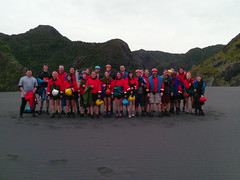Turning towards home
December 5, 2012
As our semester draws to a close, our group has returned to the place we started: Motu Moana Boy Scout camp. I believe it was Eric King who referred to the cyclic nature of our trip as poetic, so I decided to write haiku (mostly as a joke) to describe the last week … Continue Reading ››




